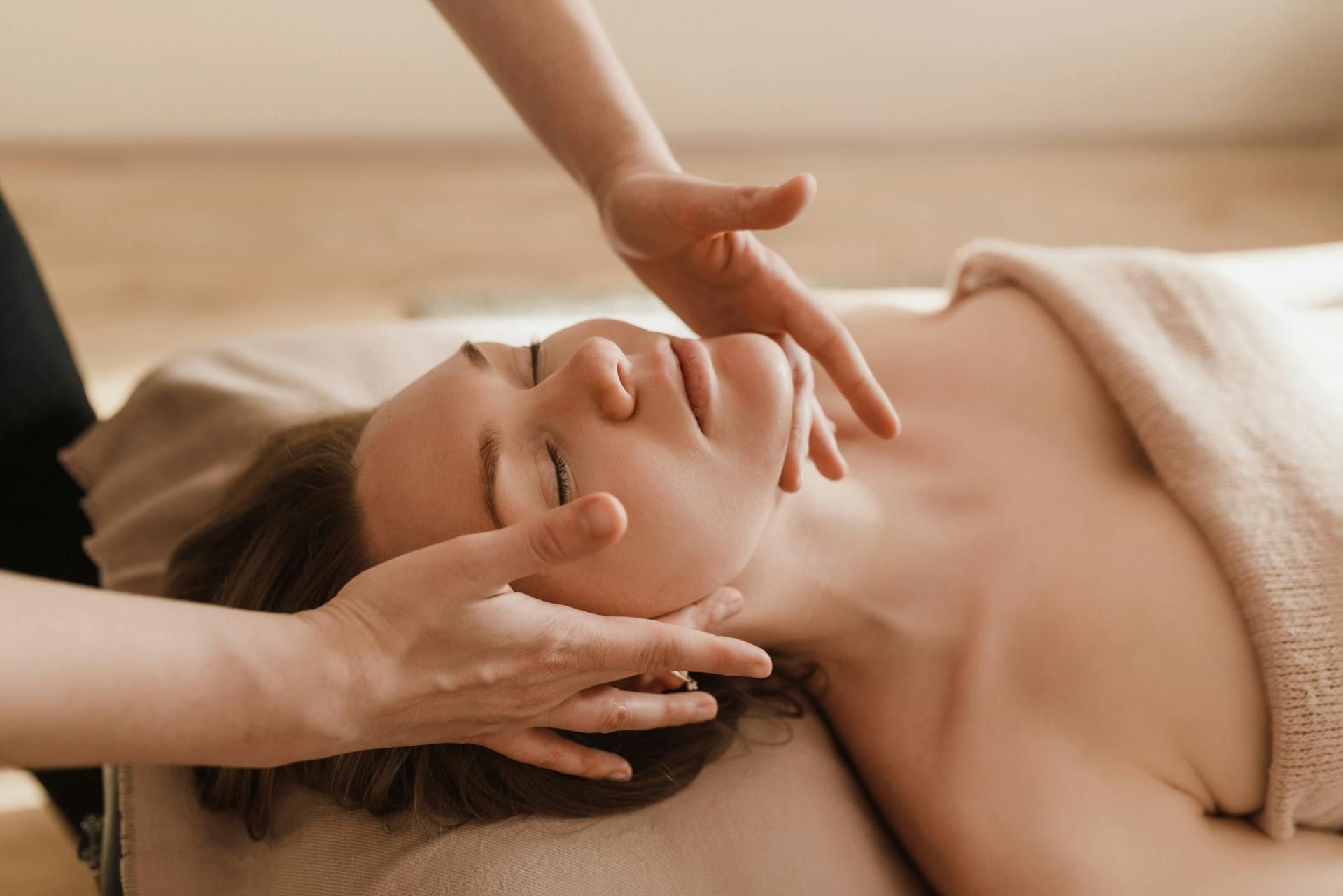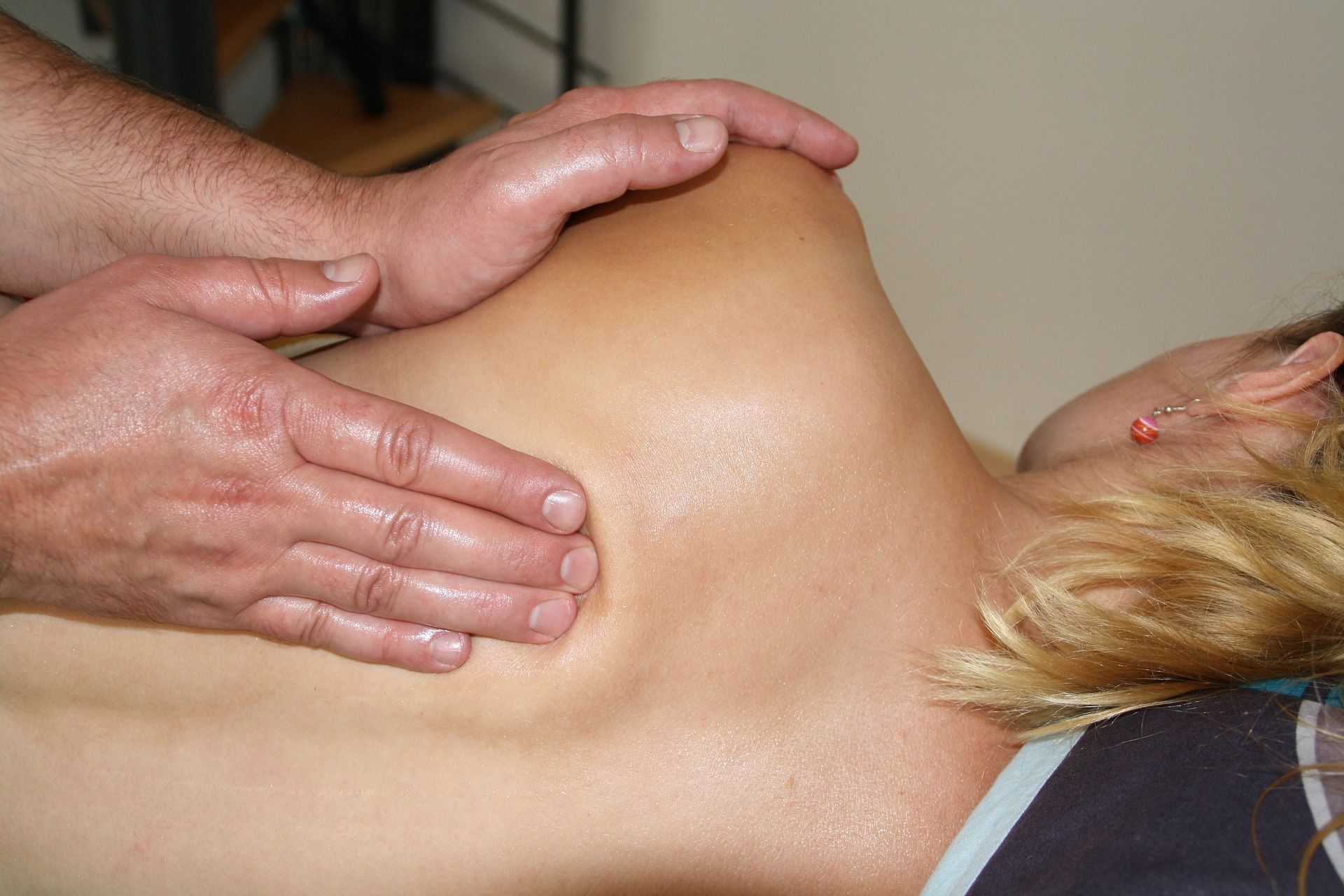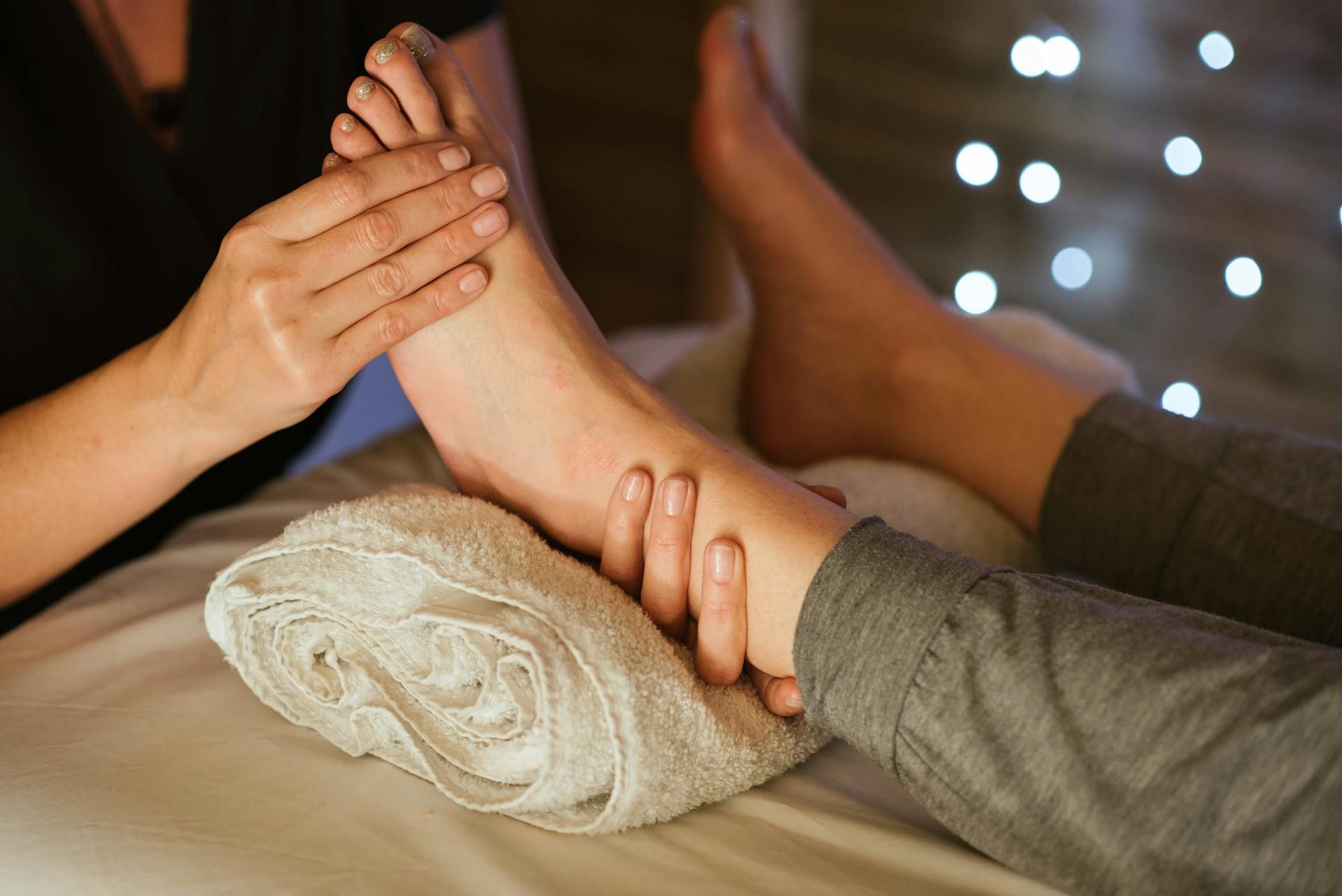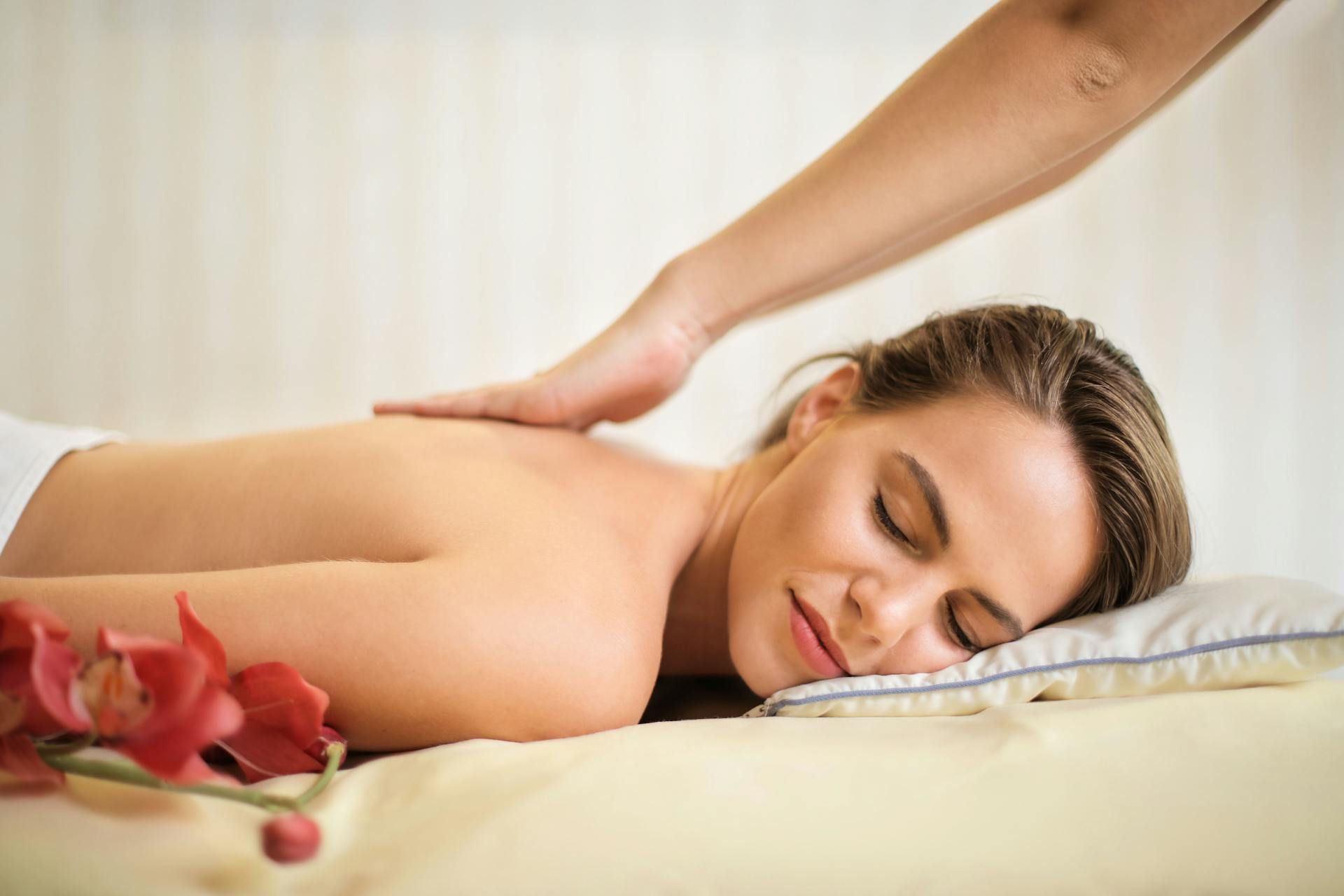Your Guide to Eastern Massage Techniques
When it comes to relaxation and relieving stress, Eastern massage techniques are among the most popular and effective methods. For centuries, cultures in the East have been practicing various forms of massage therapy to promote healing and wellness.
The rich tapestry of
Eastern massage holds secrets that can enhance your well-being in ways you may not have considered. Let's explore some of the most popular Eastern massage techniques and how they can benefit your mind, body, and spirit.

Origins of Eastern Massage
The roots of Eastern massage can be traced back to ancient healing traditions that emphasize balance and harmony in the body. These techniques have been honed over centuries, incorporating elements of Chinese medicine, Ayurveda, and other traditional practices. Eastern massage focuses on restoring the flow of energy, known as qi or prana, throughout the body to promote overall well-being. By applying pressure to specific points on the body, practitioners aim to release tension, improve circulation, and support the body's natural healing processes.
One of the most well-known forms of Eastern massage is shiatsu, which originated in Japan and involves using finger and palm pressure to target acupressure points. This technique is believed to help balance the body's energy pathways and alleviate a wide range of ailments. Another popular form is Thai massage, which combines acupressure, yoga-like stretching, and joint mobilization to improve flexibility and release tension.
Types of Eastern Massage Techniques
Eastern massage techniques have been practiced for centuries and are known for their holistic approach to healing the body and mind. These techniques focus on using pressure points, stretching, and energy pathways to promote health and wellness. Here are some of the most popular types of Eastern massage techniques:
Acupressure
Exploring the practice of acupressure therapy provides insight into how Eastern massage techniques target specific points on the body to promote healing and balance. Acupressure is a traditional Chinese medicine practice that involves applying pressure to certain points on the body to stimulate energy flow and promote wellness. By pressing these acupoints, which are believed to be connected by pathways called meridians, acupressure aims to relieve tension, improve circulation, and boost the body's natural healing abilities.
The underlying principle of acupressure is based on the concept of Qi, the vital energy that flows through the body along these meridians. By applying pressure to specific acupoints, practitioners seek to remove blockages in the flow of Qi, restoring harmony and balance to the body. This therapeutic technique is often used to alleviate pain, reduce stress, and enhance overall well-being.
Acupressure therapy can be a gentle yet effective way to address various health issues and promote relaxation. Whether you seek relief from headaches, muscle tension, or anxiety, acupressure offers a natural and holistic approach to healing.
Shiatsu
Shiatsu is a form of Japanese massage therapy that has been practiced for centuries. It involves applying pressure to specific points on the body in order to promote healing and relaxation. Shiatsu techniques can help to relieve tension, reduce stress, and improve overall health and well-being.
One of the main principles of Shiatsu is the concept of "Qi" or energy flow within the body. According to traditional Chinese medicine, when Qi becomes blocked or stagnant, it can lead to physical and emotional imbalances. By applying pressure to specific points along the body's meridians, Shiatsu practitioners aim to unblock and rebalance the flow of Qi, promoting healing and self-healing.
One of the most commonly used Shiatsu techniques is known as palm pressure. This involves using the palms of the hands to apply gentle pressure to various points on the body, such as the back, shoulders, and legs. By using the palms in a circular motion, practitioners can help to release tension and promote relaxation.
Another key Shiatsu technique is finger pressure, where the therapist uses their fingers to apply targeted pressure to specific points on the body. This technique is often used to treat specific conditions or areas of pain, such as headaches, neck pain, or lower back pain. By applying pressure to these points, practitioners can help to alleviate discomfort and improve circulation to the area.
Shiatsu practitioners may also incorporate stretching and joint mobilization techniques into their treatments. By gently stretching and moving the body, they can help to improve flexibility, range of motion, and reduce muscle tension. This can be particularly beneficial for people who suffer from chronic pain or stiffness in their muscles and joints.
Thai Massage
This ancient healing art is gaining popularity all around the world for its unique techniques and powerful benefits. Rooted in traditional Thai medicine, Thai massage, also known as Nuad Bo-Rarn, is a form of bodywork that combines stretching, acupressure, and deep tissue massage to stimulate energy flow and release tension in the body.
One of the key elements of Thai massage is the use of pressure points along energy lines known as "sen lines". By applying pressure to these points, the therapist can help to release blockages, improve circulation, and promote overall wellbeing. This focus on energy flow and balance sets Thai massage apart from other forms of massage therapy and makes it a truly holistic healing experience.
Thai massage is also known for its mental and emotional benefits. The rhythmic movements and deep pressure used in Thai massage can help to calm the mind, reduce stress, and promote a sense of relaxation and wellbeing. Many people report feeling a deep sense of peace and clarity after a Thai massage session.
One of the most unique aspects of Thai massage is the use of passive stretching. During a Thai massage session, the therapist will gently guide your body into various yoga-like positions to stretch and lengthen the muscles. This helps to improve flexibility, range of motion, and posture, while also relieving muscle tension and promoting relaxation.
Reflexology
Reflexology practices can be seamlessly integrated into your Eastern massage sessions to enhance the overall therapeutic benefits for your body and mind. By applying pressure to specific points on the hands, feet, and ears, reflexology aims to stimulate energy flow and promote healing throughout the body.
During your Eastern massage session, consider incorporating reflexology techniques to target key reflex points that correspond to different organs and systems in the body. For example, massaging the ball of the foot is believed to benefit the heart and chest area, while working on the heel may help with lower back issues.
Integrating reflexology into your massage routine can help improve circulation, reduce stress, and create a sense of overall well-being. By combining these two practices, you can experience a more holistic approach to healing and relaxation. So, next time you book an Eastern massage, don't hesitate to ask your therapist about adding reflexology for an enhanced experience.
Traditional Chinese massage (Tui Na)
In the bustling streets of China, among the ancient traditions that have been passed down from generation to generation, lies the healing art of Tui Na. This traditional Chinese massage technique has been practiced for over 2,000 years and is known for its ability to relieve pain, reduce stress, and improve overall well-being.
Tui Na, which translates to "pushing and grasping" in Mandarin, is a form of therapeutic massage that involves using various techniques to stimulate the body's energy channels, known as meridians. By applying pressure to specific points on the body, Tui Na practitioners are able to facilitate the flow of qi (pronounced "chee"), or life force energy, throughout the body. This helps to activate the body's natural healing abilities and restore balance to the mind, body, and spirit.
Unlike Western massage techniques that focus primarily on muscle relaxation, Tui Na targets both the muscles and joints, as well as the body's energy pathways. By using a combination of stretching, kneading, and pressing motions, Tui Na massage can help to alleviate tension, reduce pain, and improve circulation. It is also believed to help regulate the body's internal organs and enhance overall health and well-being.
One of the key principles of Tui Na is the concept of yin and yang, which represents the balance of opposing forces in the body. Through the use of specific techniques, Tui Na practitioners aim to restore harmony between these forces, helping to promote physical and emotional equilibrium.
Tui Na massage is also known for its ability to promote relaxation and reduce stress. Many people who receive Tui Na treatments report feeling a sense of deep relaxation and a renewed sense of energy and vitality.
Reiki
Reiki is a Japanese healing technique that involves the practitioner channeling universal life energy to promote healing, reduce stress, and increase relaxation. The word Reiki is derived from two Japanese words - "rei," which means universal, and "ki," which means life energy. Together, Reiki can be translated as "universal life energy."
The practice of Reiki originated in Japan in the early 20th century and has since spread around the world. During a Reiki session, the practitioner places their hands lightly on or near the recipient's body, allowing the energy to flow through them and into the recipient. This energy is said to help balance the recipient's energy centers, or chakras, and promote overall healing and well-being.
One of the key beliefs in Reiki is that the body has the ability to heal itself, and that by channeling this universal life energy, the body's natural healing processes can be enhanced. This can lead to physical, emotional, and spiritual healing, as well as a sense of deep relaxation and rejuvenation.
Many people who have experienced Reiki report feeling a sense of peace, relaxation, and overall well-being after a session. Others have reported improvements in physical ailments, such as chronic pain, fatigue, and digestive issues. Reiki is also commonly used to help reduce anxiety, stress, and depression.
Reiki is a gentle and non-invasive practice that can be beneficial for people of all ages and walks of life. It can be used in conjunction with other medical or therapeutic treatments, or on its own as a form of self-care and relaxation. Many people find that regular Reiki sessions help them maintain a sense of balance and inner peace in their busy lives.
Ayurvedic Massage
Ayurveda, the ancient Indian system of medicine, has been gaining popularity in the western world in recent years.
Ayurvedic massage, also known as Abhyanga, is a holistic healing technique that has been used in India for thousands of years. It involves the use of warm oils and herbal ingredients to nourish and detoxify the body, promoting physical and mental well-being.
The massage is typically performed by a trained therapist who uses specific techniques to target points on the body known as marma points. These points are believed to be energy centers that correspond to different organs and systems in the body. By stimulating these points through massage, Ayurvedic practitioners believe they can restore balance and harmony to the body.
There are many benefits to Ayurvedic massage, including improved circulation, lymphatic drainage, and relaxation of the muscles. The warm oils used in the massage help to moisturize the skin and provide nourishment to the body. In addition, the herbal ingredients used in the oils can have therapeutic effects on the body, such as reducing inflammation or promoting detoxification.
Ayurvedic massage is also believed to have a positive impact on mental health. The rhythmic motions of the massage can help to calm the mind and reduce stress, while the use of essential oils can have a grounding and balancing effect on the emotions.
Looking for an Easter Massage Therapist in Tampa FL?
At Hyde Park Massage, our team of Eastern massage therapists are experts in a variety of techniques, including Shiatsu, Thai massage, Tui Na, and many more to provide you with a customized massage experience tailored to your needs.
Treat yourself to the best
Eastern massage therapist in Tampa, FL at Hyde Park Massage. Your body and mind will thank you for it. Book your appointment today and experience the healing power of Eastern massage for yourself.
Contact Me
Phone: 813-244-4760
Address: 601 N Lois Avenue Suite 21
Tampa FL, 33609
Business Hours:
Mon - Sun: 12PM Noon - 12AM Midnight
License # MA - 44083
Now Expecting New Clients!
Contact Us
We will get back to you as soon as possible.
Please try again later.














